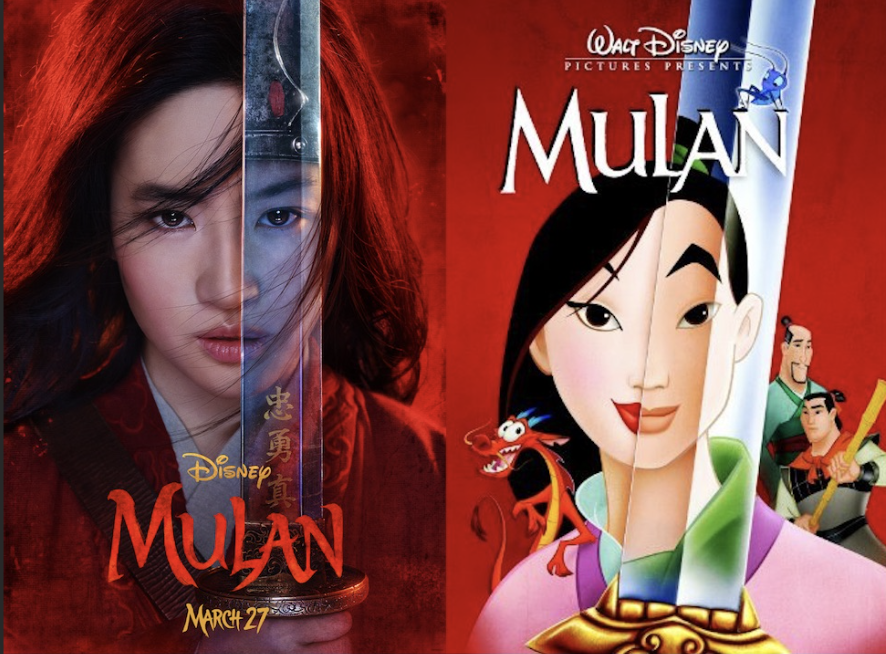

Mulan films have preserved and reinforced the feminism from the original ballad by showing the character of a heroine who sacrificed herself to replace her father in the army and served the army brilliantly, safeguarding her motherland with her wisdom and bravery. Clearly, those scenes have become the primary focus of Mulan films in any forms of presentation.
In Hollywood, feminism is not limited to Disney productions, and Mulan is not the only heroine figure inspired by literature. The representative characters such as Jo March from The Little Women, Princess Diana of Themyscira from Wonder Woman, and Black Widow from Marvel movies also illustrate stories about women who defy gender norms and emphasize their personalities within certain cultural and historical settings.

However, the feminism niche targeted by Hollywood does not fully make their productions feminist. By Press and Liebes-Plesner’s definition (2004), the central roles of feminist movies are women, and their power and social status are highlighted in the movies, as well as the show more non-typical criteria of appearance, age, race, etc. Most feminist films demonstrate the female characters’s courage and action in fighting the difficulties they encounter with social norms (Sutherland & Feltey, 2016 ). While compared to how independent films portray feminism, Hollywood appears only building women characters who have extraordinary power that is limited by sexist stereotypes (Press & Liebes-Plesner, 2004). In other words, the Hollywood industry demonstrates bigger commercial values by outlining feminism in movies that can expand diversity and cater to the audiences, rather than taking some real steps to promote feminism.
The niche of Mulan’s figure in Disney's productions can also prove their commercial intention. Mulan movies convey the cultural disparity in gender roles to audiences, redefine power, and confront the social prejudice suffered by women and non-cisgender people (Arnold, n.d.). The traditional damsel-in-distresses portrayed in the Disney Princess (Barber,2016) tend to be more undomestic and gender diverse, and undoubtedly, this was a successful strategy for increasing Disney's global audience appeal.